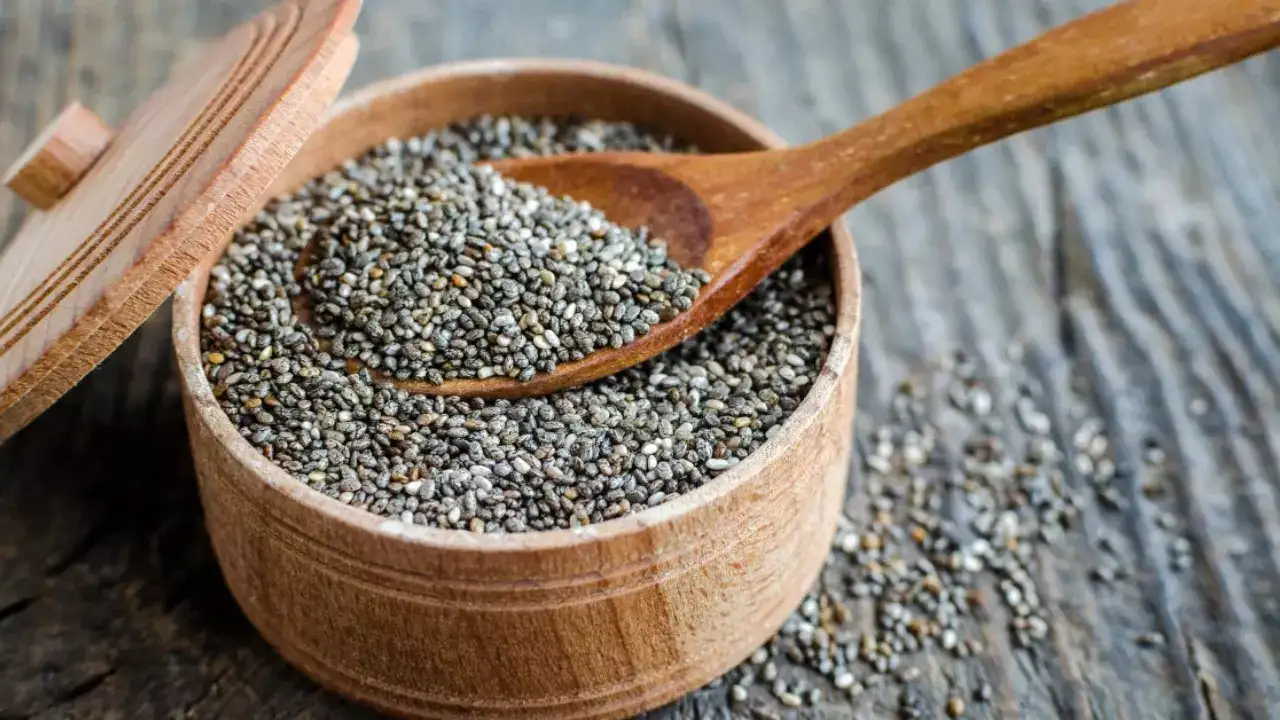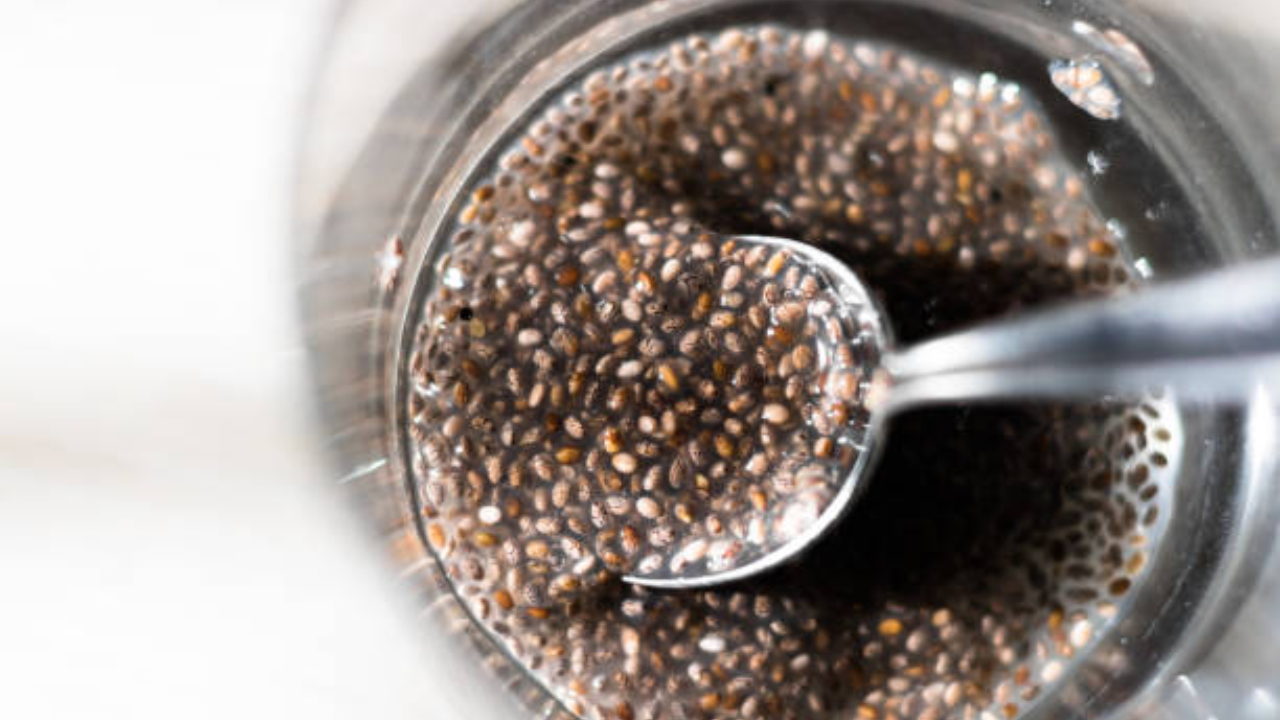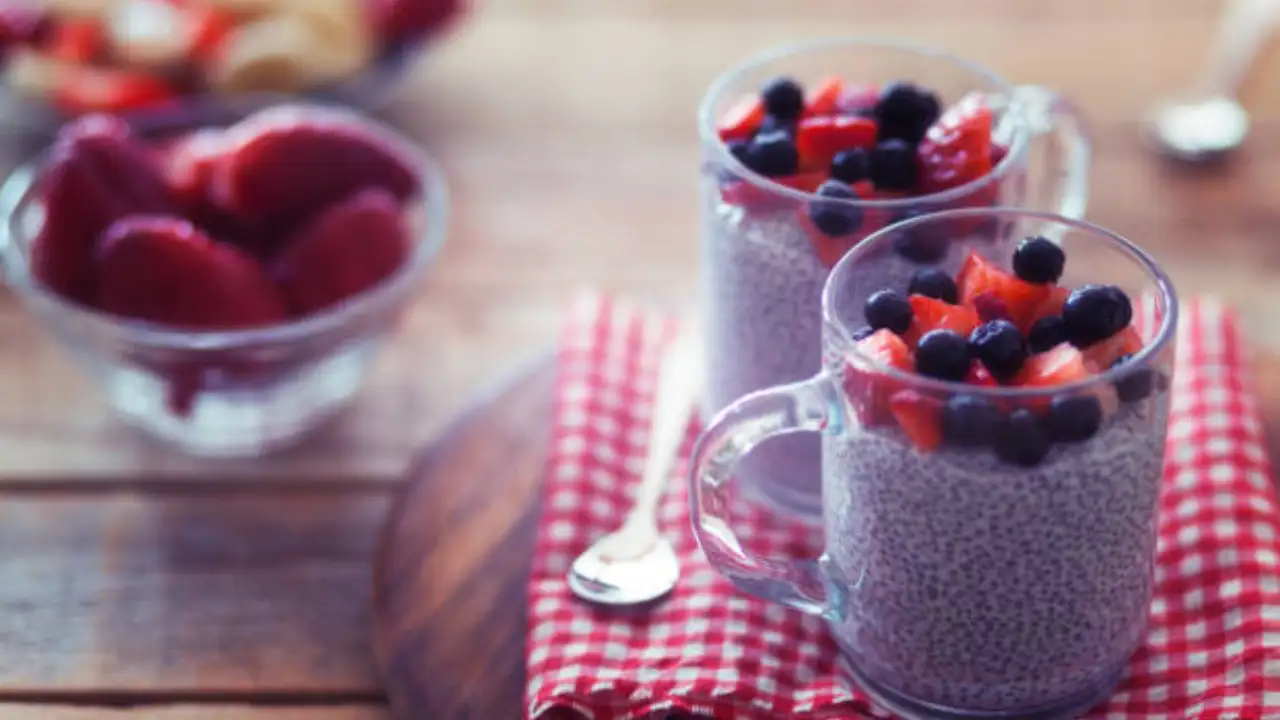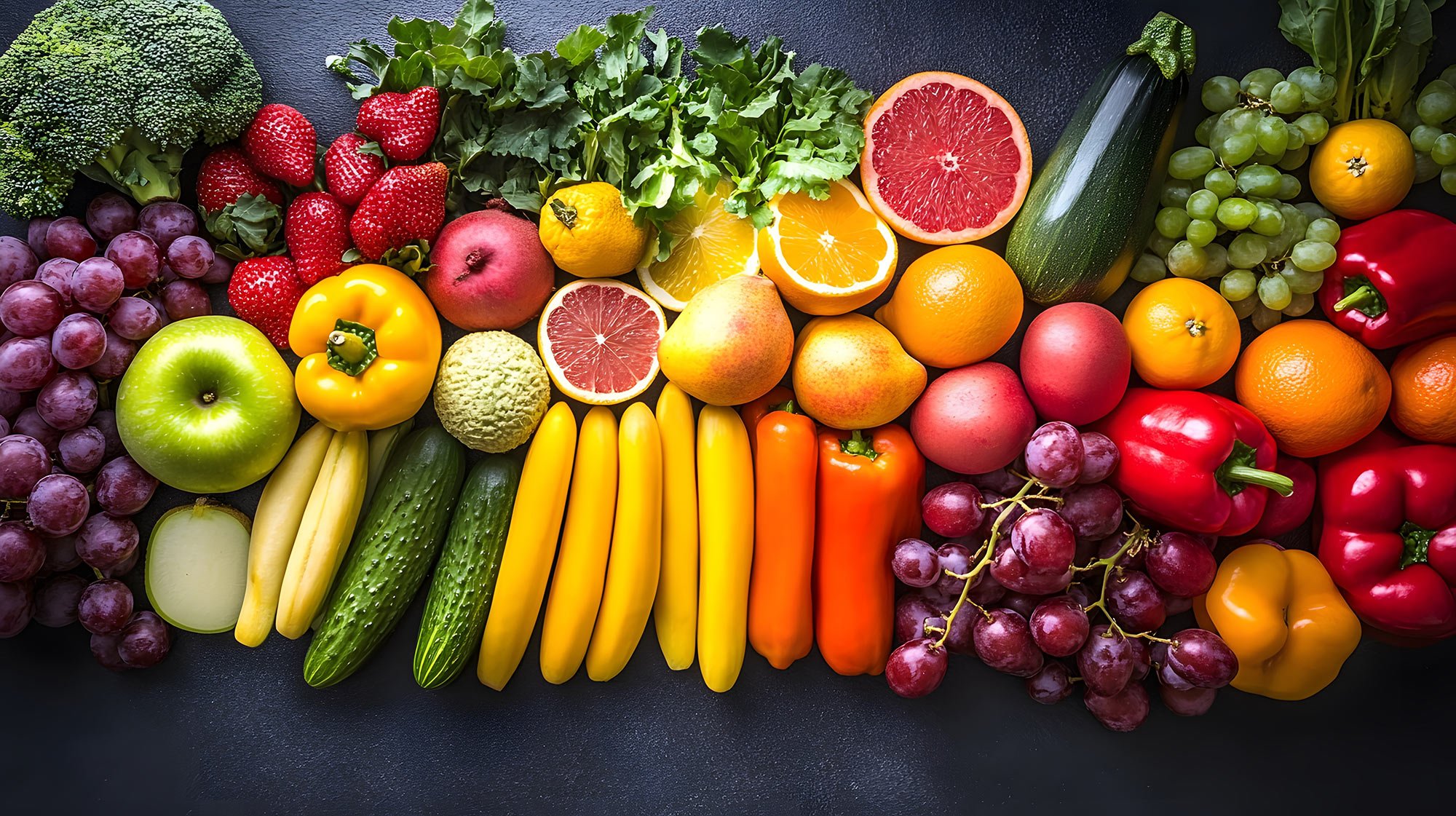Chia seeds are everywhere. From fitness gurus to wellness experts, everyone is talking about how amazing those tiny seeds are. This superfood is undoubtedly nutritious. But one wrong step and chia seeds can land you in an emergency room. Yes, that’s right. While chia seeds are a nutritional powerhouse, there are some hidden dangers no one is talking about. Dr. Saurabh Sethi, a leading California-based gastroenterologist trained at Harvard and Stanford, explains what happens if you eat chia seeds the wrong way. Take a look.Preparing for your first MRI? Key precautions to keep in mindSelf-care tips that make living with eczema a little easierWorld Alzheimer’s Day 2025: The first signs families often miss
What are chia seeds?

Chia seeds are tiny black or white seeds that come from the Salvia hispanica L. Native to Central America, they have been used for ages. People from the Aztec and Mayan civilizations consumed these seeds for their medicinal and cosmetic properties.
Nutritional profile of chia seedsChia seeds have a high nutritional profile. They contain healthy omega-3 fatty acids, polyunsaturated fatty acids, dietary fiber, proteins, vitamins, and some minerals. They are also an excellent source of polyphenols and antioxidants, such as caffeic acid, rosmarinic acid, myricetin, and quercetin, among others. 2 tbsp or 28 g of chia seeds contain:
- Calories: 138
- Protein: 4.7 grams
- Fat: 8.7 grams (including 5 grams of omega-3s)
- Carbohydrates: 12.3 grams (10.6 grams of fiber)
- Calcium: 18% of the Daily Value (DV)
- Magnesium: 23% of the DV
- Phosphorus: 27% of the DV
- Vitamin B1 (thiamine): 15% of the DV
- Vitamin B3 (niacin): 16% of the DV
Can chia seeds pose a danger to health?

Chia seeds are good for your health, especially your gut and heart. But if they are not consumed the right way, it can be dangerous. “Chia seeds are super healthy, but did you know eating them the wrong way can cause serious issues?” Dr. Sethi says in a video shared on Instagram.So what’s the wrong way to eat chia seeds? Not soaking them. “You have to soak your chia seeds, or you risk this happening inside your body. I’m a gastroenterologist. People have ended up in the hospital after eating dry seeds and then drinking water. The seeds expanded and got stuck in the esophagus, and it had to be removed endoscopically. Even though it is rare, it has happened in people with swallowing issues or other GI conditions,” he explains. Chia seeds can absorb water, so if you are not soaking them properly, the chances of ending up in an ER are high. “Chia seeds absorb up to 27 times their weight in water, so make sure to consume them the right way,” the doctor adds. How to consume chia seeds?

The best way to consume chia seeds is after soaking them. “Soak them in water for at least 30 minutes, if not overnight. They will form a gel-like texture that is great for digestion. Start with one teaspoon and work your way up,” the gut doctor suggests. Disclaimer:This article is for informational purposes only and is not a substitute for professional medical advice, diagnosis, or treatment. Always consult with your physician or another qualified health provider before making changes to your diet or health routine, especially if you have existing medical conditions.Also See: Skincare: 5 ways Chia Seeds can totally transform your skin


